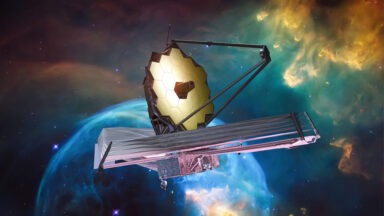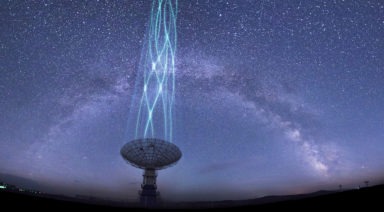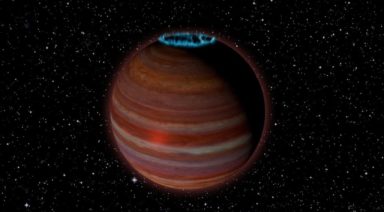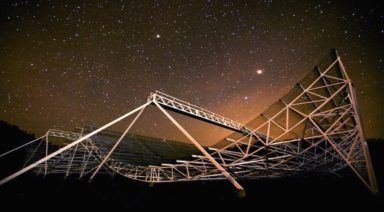Scientists Have Reversed the Arrow of Time in Quantum Experiment

Scientists have reversed the arrow of time using a quantum computer, by reassembling electrons into an original state. And though they’re hesitant to describe their findings as having any implications for time travel, researchers said they believe their simulation has defied the second law of thermodynamics.
The second law of thermodynamics essentially defines time for us, in the sense that as the arrow of time moves forward, the entropy of an isolated system only increases and can never decrease – it’s why we get older and have finite life spans, or why your coffee eventually gets cold.
But physicists at the Moscow Institute of Physics and Technology say they believe they’ve been able to violate this principle, in theory.
“We have artificially created a state that evolves in a direction opposite to that of the thermodynamic arrow of time,” head of the study, Dr. Gordey Lesovik, said.
By simulating the wave function of a particle spreading out over time, the scientists created an algorithm to reverse that wave, much like reversing the ripples in a pond after dropping a pebble into it.
But as more particles were added to the system, the physicists said the likelihood of restoring order from chaos occurred less frequently, meaning any system that utilizes their method would require a high level of control, like a quantum computer. When two qubits (quantum particles) were used, scientists were able to reverse entropy 85 percent of the time, but with a third qubit only 50 percent of the time.
Researchers involved in the study compared their test to the possibility of striking a rack of pool balls and having it return to its precisely arranged triangular formation, something seemingly impossible in our everyday reality, but now entirely possible in quantum physics.

So, does this mean we might be able to someday go back in time by traveling through the quantum realm?
Unfortunately, that answer seem to be no. When it comes to future practicality the team says this finding would likely be applied to quantum computers to eliminate noise and error. So, not quite time travel, but faster computers – guess it could be worse.
But if they were able to simulate this with quantum physics, doesn’t that mean time reversal is somehow possible, whether it agrees with traditional physics or not? Yes, in fact much of quantum physics is wildly contradictory to physics, and though we’re able to observe these paradoxical behaviors in the universe, not even the most brilliant physicists are able to fully comprehend this disparity or find a unifying theory.
For this we recommend turning to Gaia’s own quantum expert Theresa Bullard and her series Mystery Teachings — check out Theresa’s explanation of this bizarre realm in Accessing the Quantum Gap:
Scientists Are Now Using Sound Waves to Regrow Bone Tissue

The future of regenerative medicine could be found within sound healing by regrowing bone cells with sound waves.
The use of sound as a healing modality has an ancient tradition all over the world. The ancient Greeks used sound to cure mental disorders; Australian Aborigines reportedly use the didgeridoo to heal; and Tibetan or Himalayan singing bowls were, and still are, used for spiritual healing ceremonies.
Recently, a study showed an hour-long sound bowl meditation reduced anger, fatigue, anxiety, and depression, which is great news for mental health. But now, a new study out of the Royal Melbourne Institute of Technology in Australia, showed physical healing using sound waves.
Scientists used high-frequency soundwaves to turn stem cells into bone cells in a medical discipline called ’tissue engineering,’ where the goal is to rebuild tissue and bone by helping the body to heal itself.
The researchers shot sound waves at tissue cells for 10 minutes a day over the course of five days. This magnified image shows stem cells turning into bone cells after being treated with high-frequency sound waves.



































